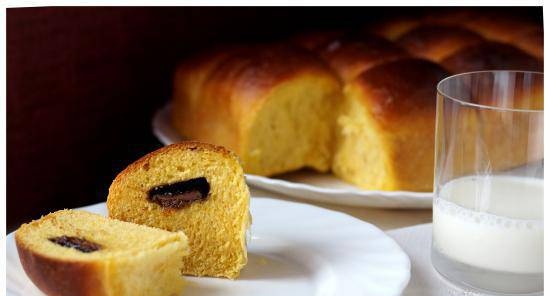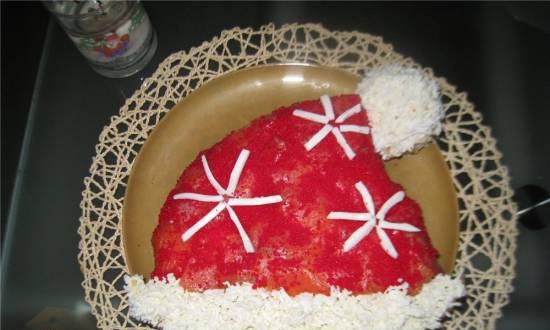How restaurants use buzzwords to trick you |
|
The new episode of the hit show Channel 4 Tricks of the Restaurant Trade will reveal the words used to get you to order food at a restaurant. This episode reveals the secrets that restaurant diners should know when they eat. Presenter Simon Rimmer joins Sophie Morgan, host of the Rio Paral 4 Paralympics. Field reporter Adam Pearson is back, and Seyi Rhodes, Channel 4's Unreported World reporter, is also joining the team. From clichés to phrases, buzzwords are the hallmark of restaurants.According to Sophie Morgan, the language used by restaurants - exotic, authentic, handmade - is tempting. “But take a deeper look, their meaning may not be quite what it seems,” she warns. Here are the three most common keywords to look for: 1. Home cookingThe phrase “home cooking” is associated with family cooking, but according to associate professor Richard Hyde, it's not that simple. The so-called “homemade” tortilla chips, which are being researched by a team from a chain of Latin American restaurants, are not cooked anywhere at home, but in a restaurant kitchen using deep roasting methods. Surprisingly, this is perfectly acceptable according to food quality standards. According to the instructions, if you bought something that you could do in your own home, you can call it home. 2. HandmadeIt seems self-evident, but not when it comes to the handcrafted Pret a Manger soup that shows the show, in fact it is made in a centralized factory. “The phrase handcrafted doesn't really refer to things that are necessarily handcrafted,” explains Hyde. You can use a blender or chopper, if used, to make the job a little easier. “The issue is not about the use of hands and machines, but on an industrial and non-industrial scale,” he says. The soup is indeed made in the factory, according to Pret. The wording was based on the old manufacturing process and has now been updated. 3. Fresh
This does not mean that freshly squeezed is something that "has been preserved in some unnatural way." Shocked? Their organic scrambled egg is actually made from a pasteurized liquid egg that was made elsewhere. Legally, everything is in order - when they write "fresh" on the menu, it really means that it is not stored or frozen. Caf Rouge also uses “fresh” ingredients - even if their boeuf de bourguignon comes from afar. Meanwhile, Pizza Express describes its food as fresh when ordered, but the dough is ready and the spinach is frozen. If something is done “when ordering,” you can call it freshly prepared. Simon Wilkinson, Managing Director of Caf Rouge, said: “Our highly popular Boeuf Bourguignon is made using the traditional French sous vide method that is common in gourmet restaurants in both the UK and France. Process sous vide, which is endorsed by many Michelin-rated chefs, is popular for its ability to make meat dishes high quality and tender, revealing and retaining a deep, rich flavor. "For your reference, we are pleased to confirm that, contrary to some misconceptions, our Boeuf Bourguignon is absolutely and categorically not produced using the so-called boil-in-bag method, and any suggestion is otherwise completely false and distorts the authenticity of this dish." “We are also very pleased to confirm that many of our dishes use fresh produce and ingredients, and that Caf Rouge uses a variety of traditional French cooking methods to create a range of high quality and authentic dishes for our customers.” Kordopolova M. Yu. |
| Diwali Recipes: 9 Popular Dishes You Can Make At Home | 19 most famous food quotes |
|---|
New recipes
 Why “homemade” can hide anything: how restaurants use “buzzwords” to trick you.
Why “homemade” can hide anything: how restaurants use “buzzwords” to trick you.






